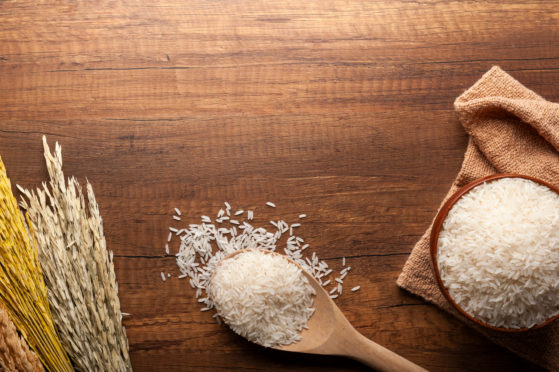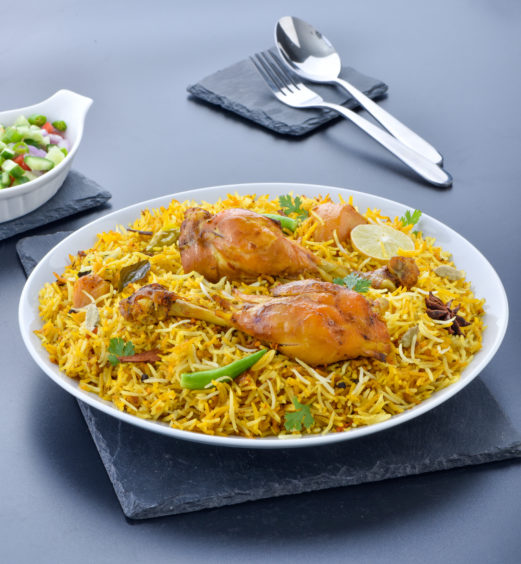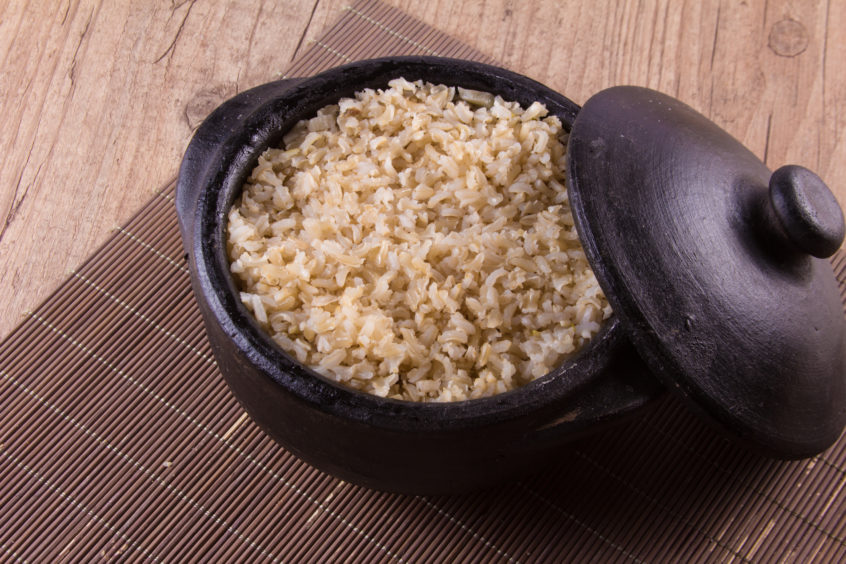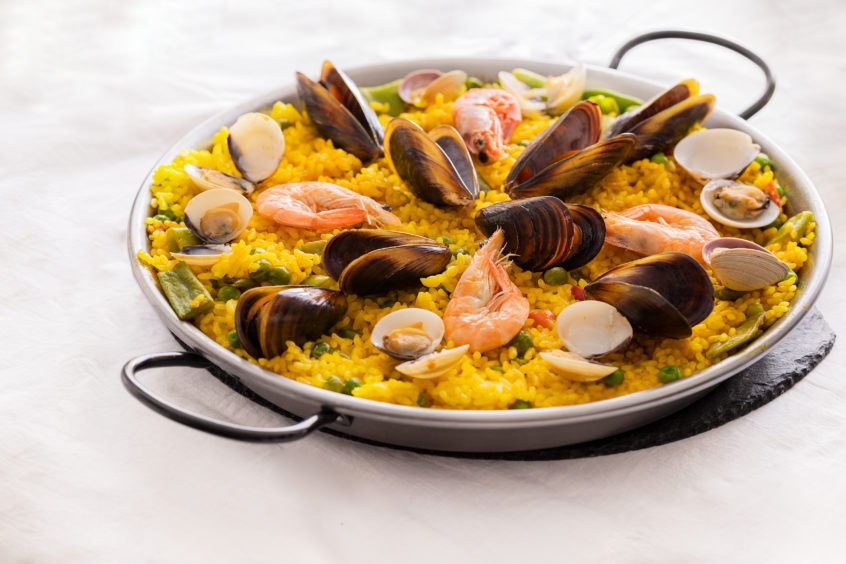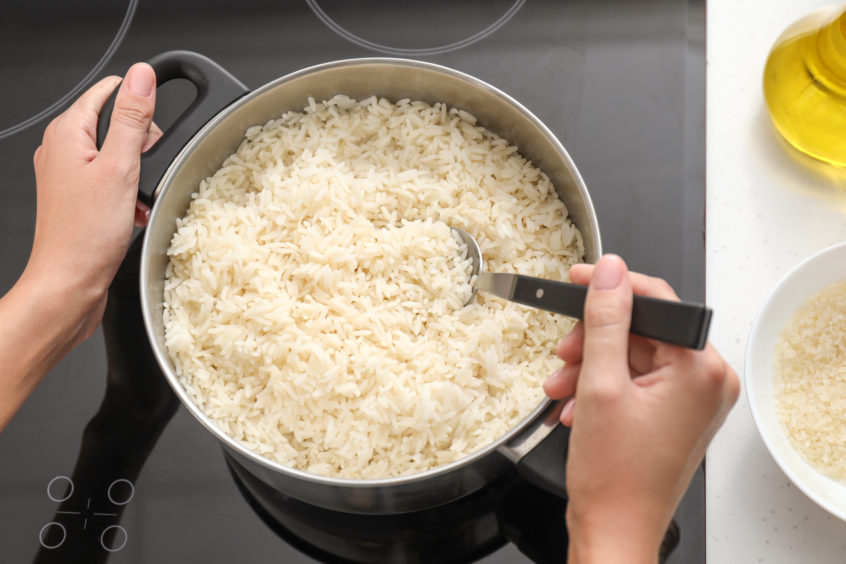Rice may seem easy to cook but there are many pitfalls along the way. Follow our guide to avoid the most common mistakes.
It’s considered one of the simplest foods and is a staple in many cuisines around the world – yet rice can actually be pretty tricky to cook despite its low-key image.
Sadly it’s not as easy as just sticking it in a pot with some boiling water. Common mistakes include making too much, as the grains almost double in size when cooked, or getting the consistency wrong, so you end up with rice that is too sticky or too hard.
And to add to the headache, there are a lot of myths about rice, from whether it’s safe to re-heat it to whether it contains gluten.
Our guide will help you make the most of this popular cupboard staple…
Types of rice
First thing’s first, it’s important to understand the distinctions between different types of rice, as this will influence how you use the product. Worldwide there are thought to be more than 40,000 varieties, but of course it’s impossible to know them all. In the UK the most common categories of rice are long grain, short grain and brown rice.
Long-grain rice like Basmati and Jasmin is typically used for side dishes and salads. When cooked, the grains have a firm, dry texture and stay separated. Basmati is also commonly used with curries. Long grain rice needs to be rinsed before cooking to get rid of any excess starch and then cooked by the absorption method (see the next section).
Brown rice is a wholegrain and is used in a similar way to long-grain rice, however it does take longer to cook – around 45 minutes compared to the 12-15 minutes that it takes to make white rice. Soaking it in cold water for at least 30 minutes and up to several hours will help cut the cooking time.
Short-grain rice tends to be used for risotto, paella and rice pudding, and is stickier than long-grain. It does not have to be rinsed as it needs the excess starch to make the final dish creamy. For these dishes, the rice is cooked along with the other ingredients.
Best cooking method
The following is a guide to boiling rice on its own, to be used as a side, as opposed to cooking it as part of a mixed dish such as paella.
First, rinse the rice by placing it in a mesh strainer and running cold water over it. Allow roughly half a cup of rice per person.
Then use the absorption method for cooking. This involves using a precise amount of water so that by the time the rice is cooked, all the water has been absorbed. As the water level drops, trapped steam finishes the cooking.
As a general rule, use one and a quarter to two cups of water per cup of rice, but you may need to experiment a little to find the optimum amount depending on how soft or firm you like the rice.
Brown rice needs slightly more water (around a quarter of a cupful more), while shorter-grain rice requires slightly less.
Use a good-quality pot with a heavy base to prevent rice burning and sticking to the bottom and make sure the pot has a tight-fitting lid that keeps the steam in. Don’t take off the lid or stir the rice while it’s cooking.
Do not allow the water to boil on a high heat, but rather find a temperature where the water is able to simmer gently. If you like, you can add salt.
After about 12-15 minutes, the water should be absorbed and the rice cooked. Let the rice sit undisturbed with the lid on, for at least five minutes. This allows the moisture to circulate, resulting in a more uniform texture with the bottom layers of the rice as fluffy as the top.
Some people also swear by rinsing the rice with boiling water after it is cooked, but others argue that it spoils the texture by breaking up the grains. It is up to you whether you decide to do this. In general, it should be enough to drain off any excess water and serve.
Re-heating rice
“You can’t re-heat rice” is one of the most oft-repeated cooking myths around.
In fact the NHS advises that if stored and re-heated safely, rice left-overs are fine to eat. Although it is possible to get food poisoning from re-heated rice, it’s not the re-heating that causes the problem, but the way the product has been stored before reheating.
Uncooked rice contains bacteria that can cause food poisoning and can survive the cooking process. The longer the rice is left at room temperature, the more likely it is that the bacteria would multiply, making rice unsafe.
The NHS advises putting the rice in the fridge within an hour of cooking and leaving it no more than a day before re-heating. When re-heating, always check that it’s hot all the way through and never re-heat it more than once.
It is not advisable to re-heat takeaway rice as you don’t know how it’s been stored or whether it has already been re-heated in the shop.
Other facts
Rice is often viewed as an unhealthy food due to being high in carbohydrate. In general brown rice is healthier than white as it contains more nutrients, fewer calories and a lower glycemic index score (a GI score is a measure of how fast your body converts carbs into sugars that can be absorbed into your bloodstream), meaning it’s healthier for people with Type 2 Diabetes.
However, white rice is not unhealthy in itself. It has a medium GI of 64 and around 130 calories per 100 grams, meaning it is fine to eat in moderation as part of a balanced diet, as long as you have no health conditions that mean you have to exclude it. Rice is also gluten-free, making it suitable for those with gluten intolerance.
